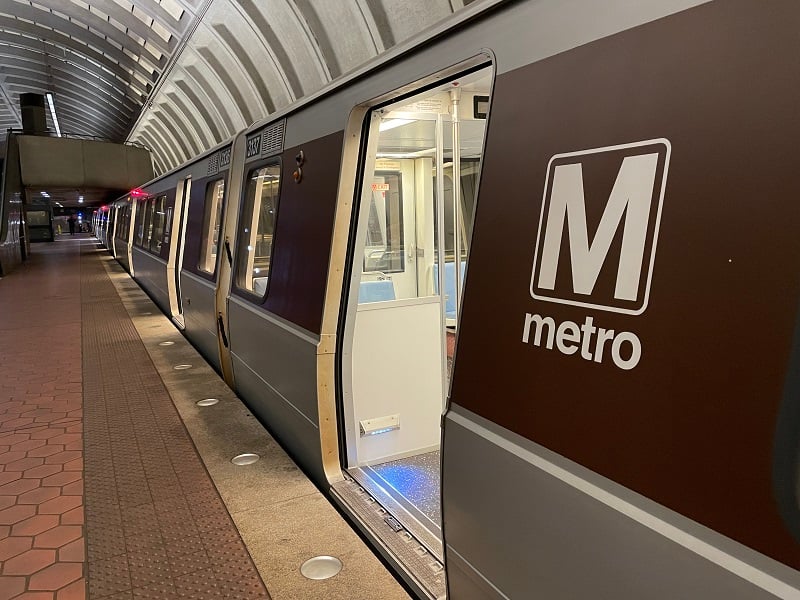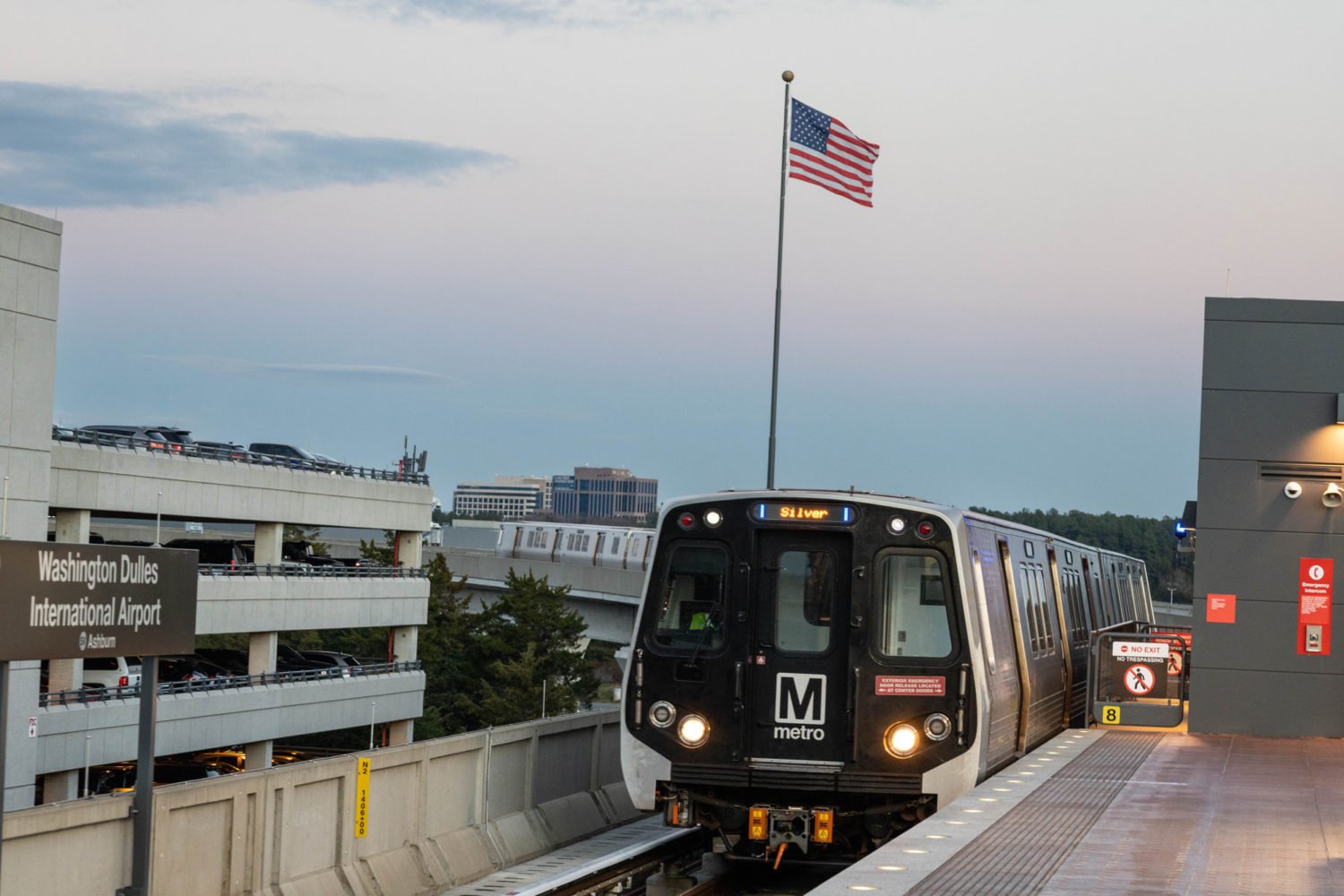We’ve all had that awkward moment: The train is approaching your stop so you get up from your seat and trudge to the door, fellow commuters assemble around you as you all ready yourselves to flood out, and then…nothing. The train has come to a complete stop, and yet the doors are still tightly sealed. Through the window you make eye contact with a stranger waiting to board the train, their foot tapping impatiently. What are you all waiting for?
That seemingly universal inconvenience will likely soon be a thing of the past as automatic doors make their return to the Metro system. Starting this week, WMATA began implementing the faster system on some Red Line trains. Just how much time will this save? Way more than you think.
Currently, drivers are trained to physically stick their head out of the window, look back at the platform to confirm they’re opening the doors on the correct side of the train, then manually press a button. A press release from WMATA says the process can take up to 15 seconds, and happens more than 20,000 times across the entire system in a single day. That adds up to a lot of time overall, especially if you are trying to set a record by visiting every Metro station in a single day.
Clearly this change will help riders all across the Metro, but it actually isn’t new technology at all. When Metro first opened in 1976, it used an automatic train operation (ATO) system, which included automatic doors that opened upon reaching the platform. All that changed in 2009, when two Red Line trains collided—the deadliest accident in WMATA’s history.
On June 22, 2009, a train headed south on the Red Line saw there was traffic ahead and came to a stop just short of the Fort Totten station. Unfortunately, a track sensor failed, and the stationary train was effectively invisible to the ATO system. Unaware that the rail was occupied, another southbound train collided with the first, resulting in the nine deaths and more than 80 injuries.
Since the faulty track sensor was part of the greater automated control system, the entire ATO system was put on pause and Metro switched to a manual system. Twelve years later the manual system is still in place, but WMATA has wanted to return to the automatic system since at least 2015. Trains are still controlled manually by a driver, but the doors will open when the computer senses that the train has come to a complete stop at the platform. The automatic doors have been tested for safety during off-hours for months and have functioned without any errors more than 2,500 times.

















